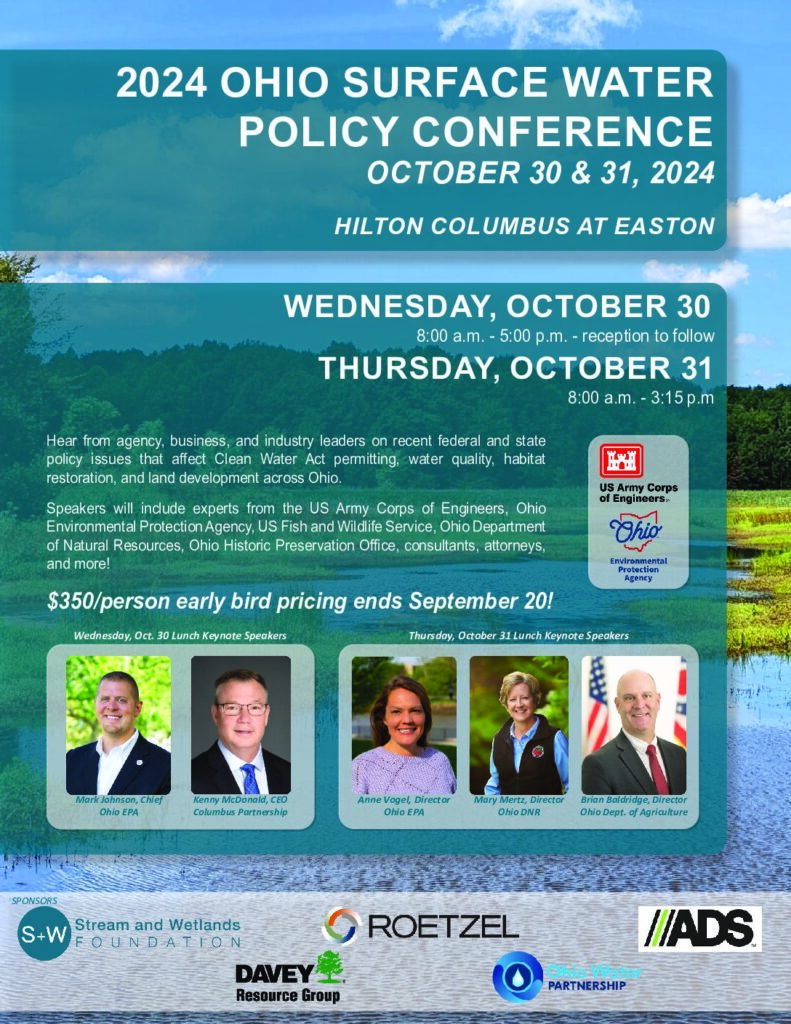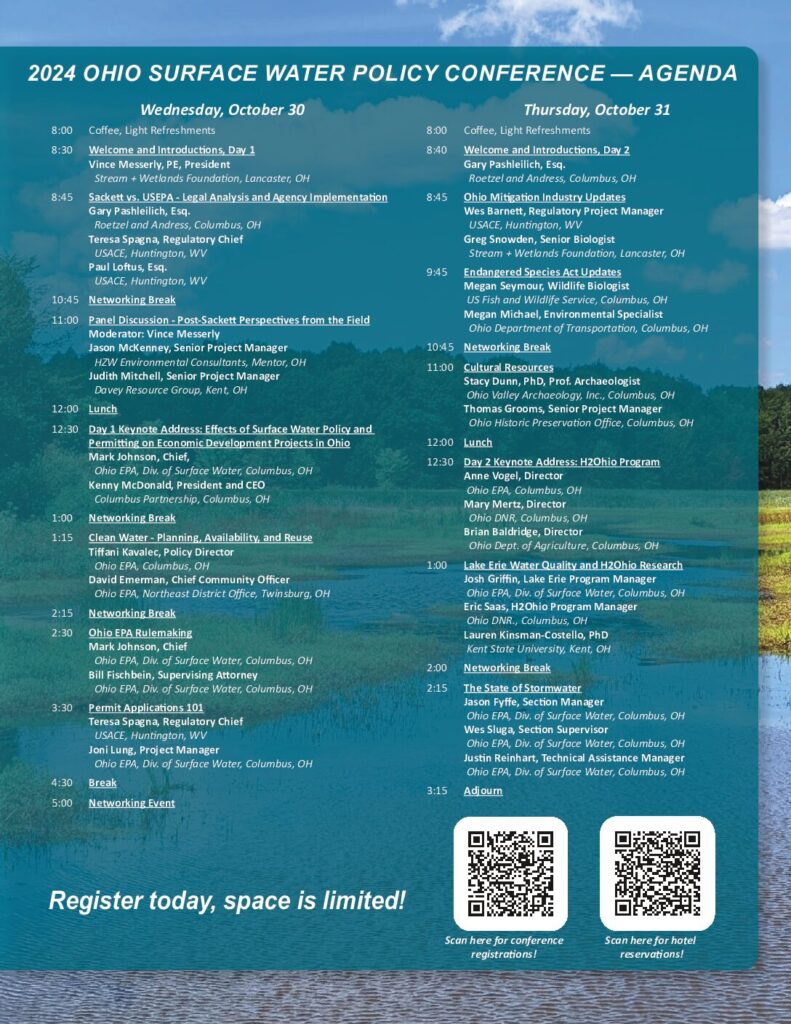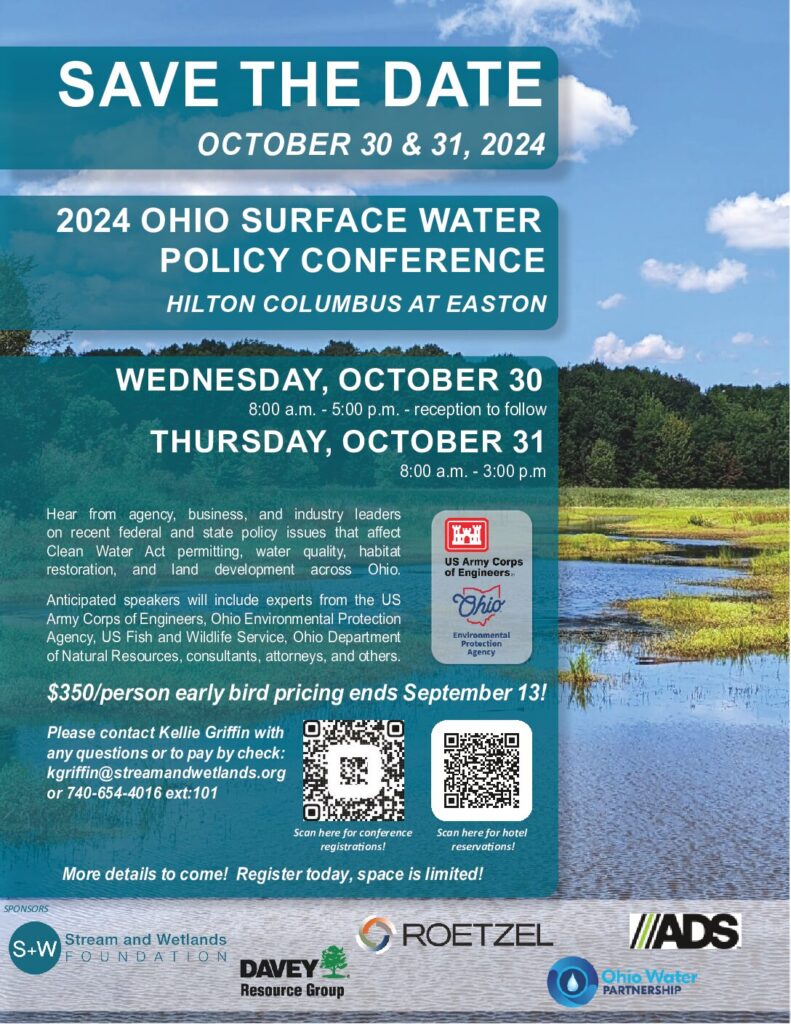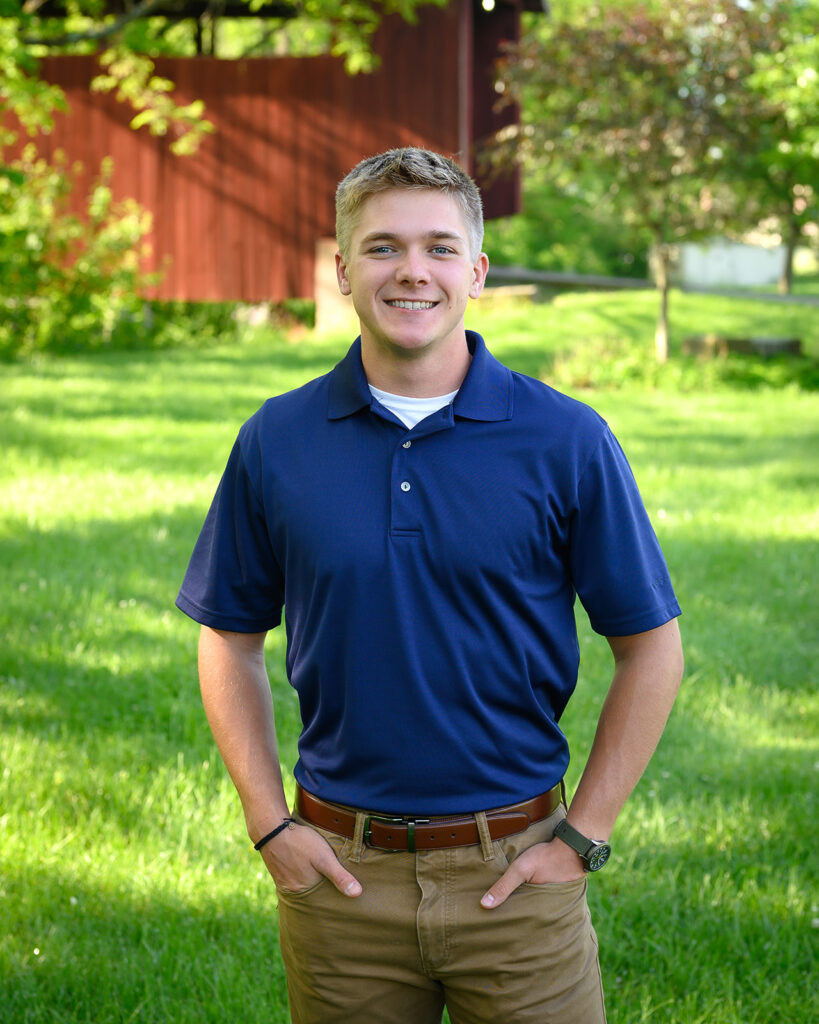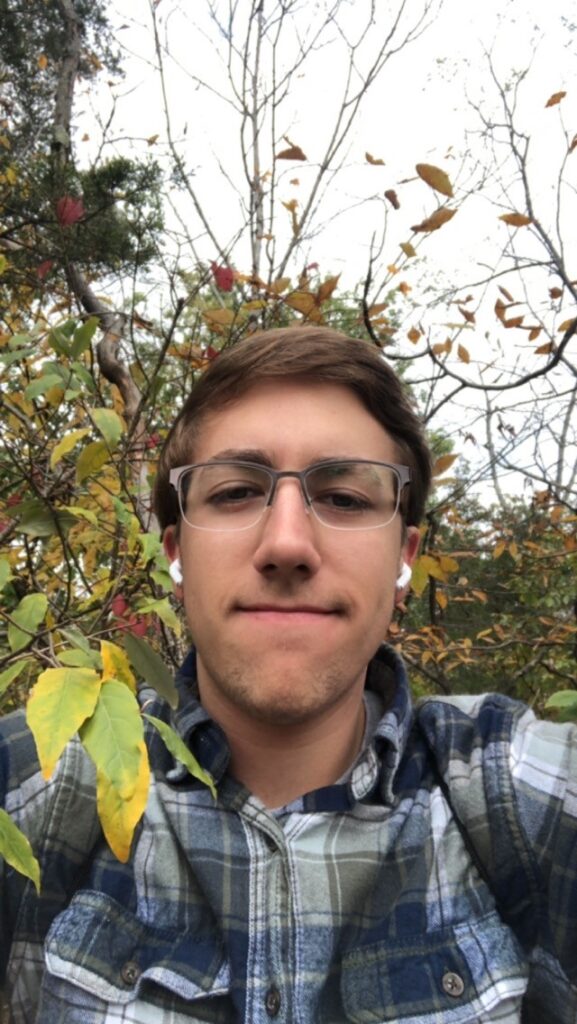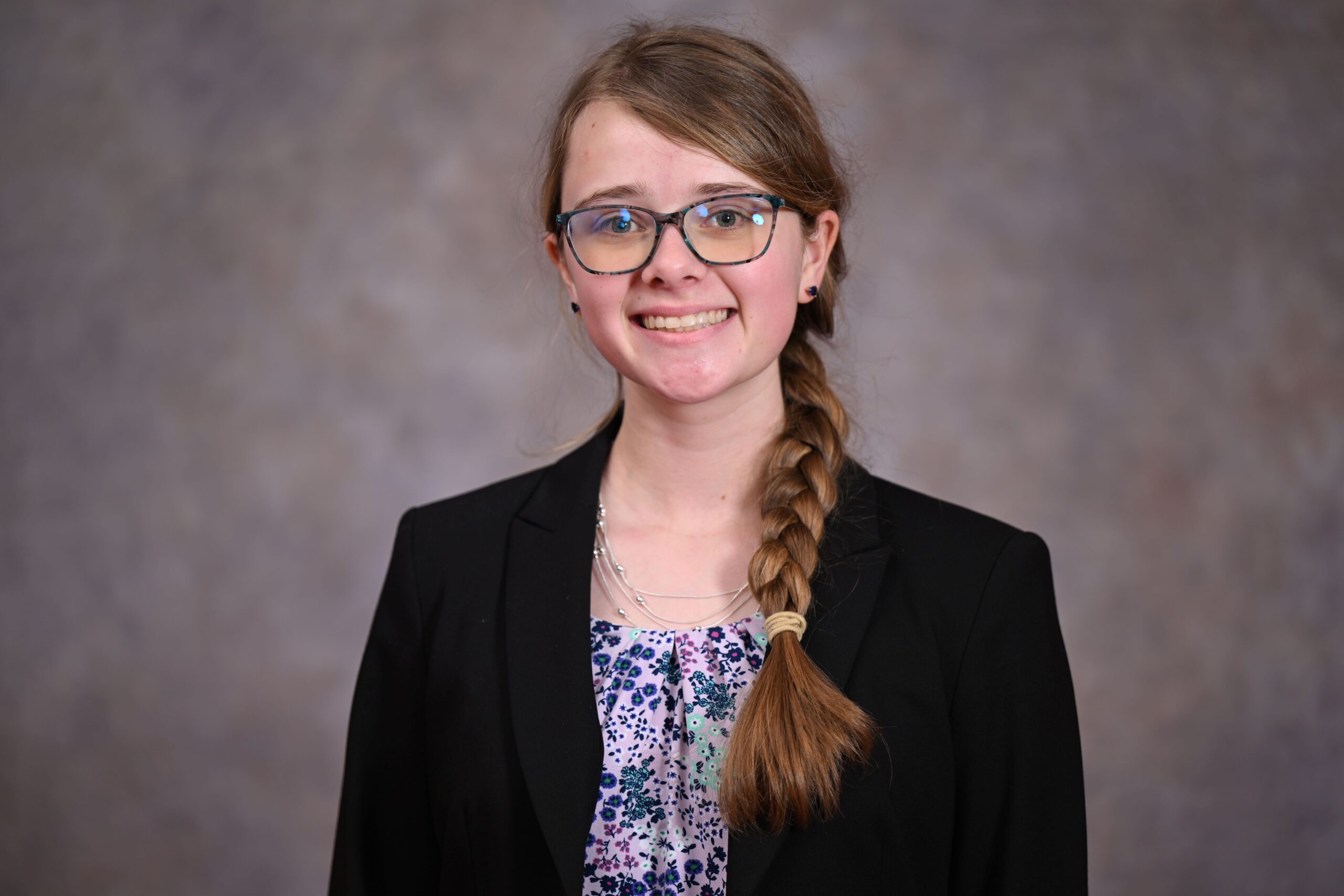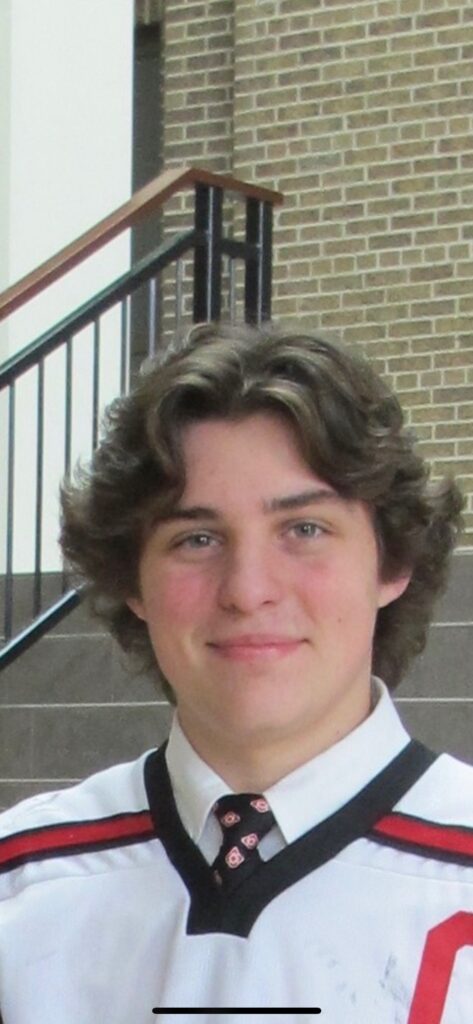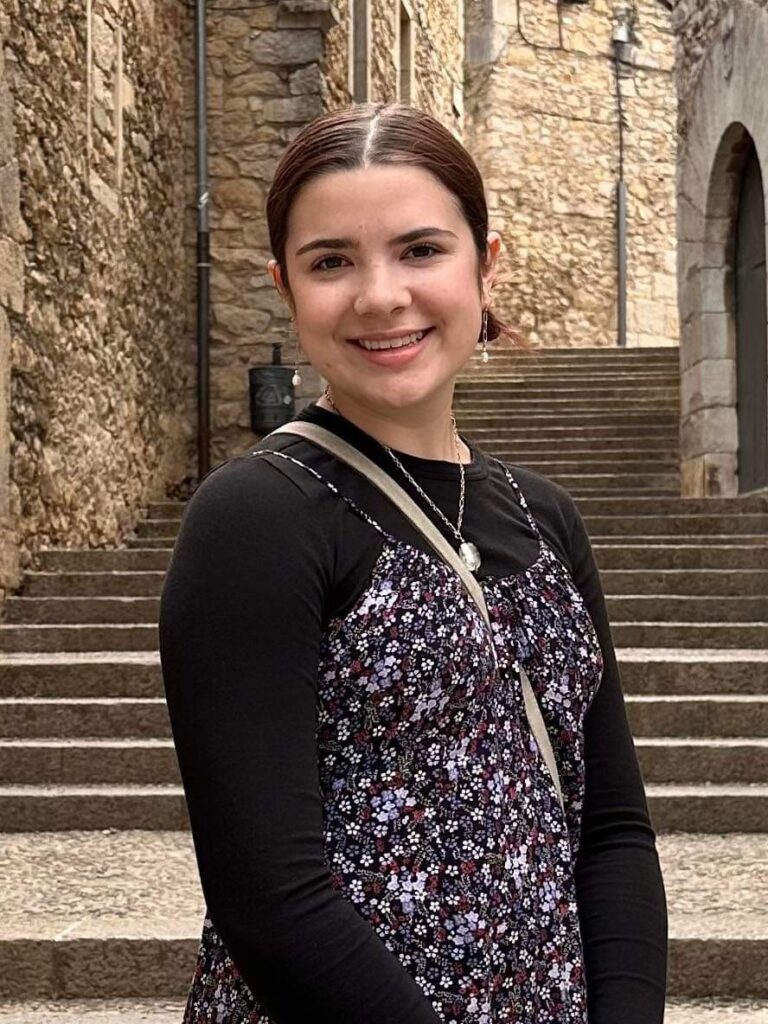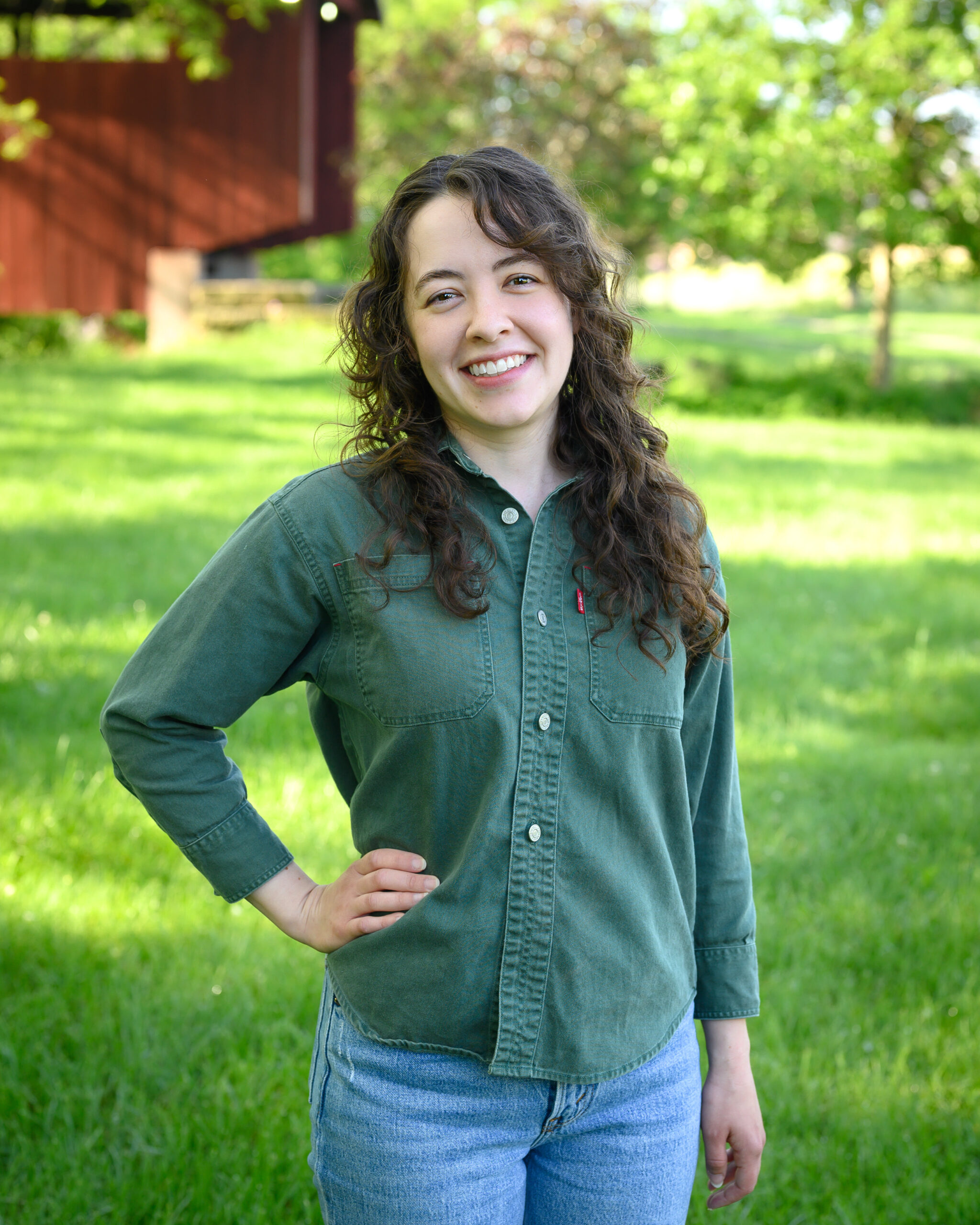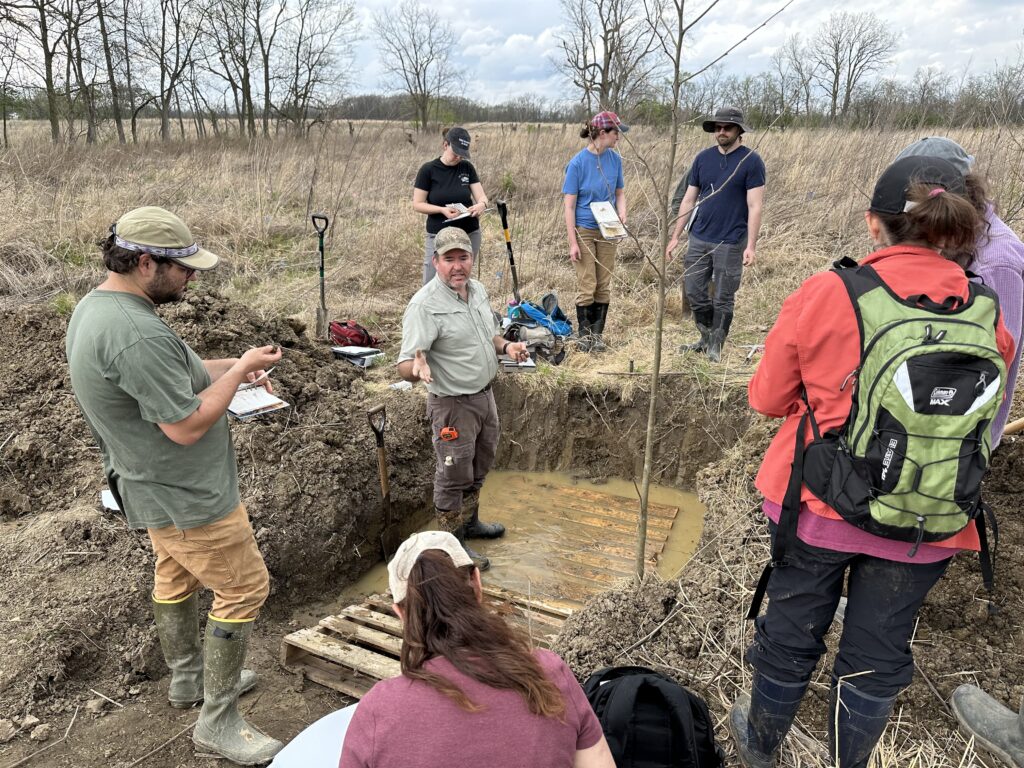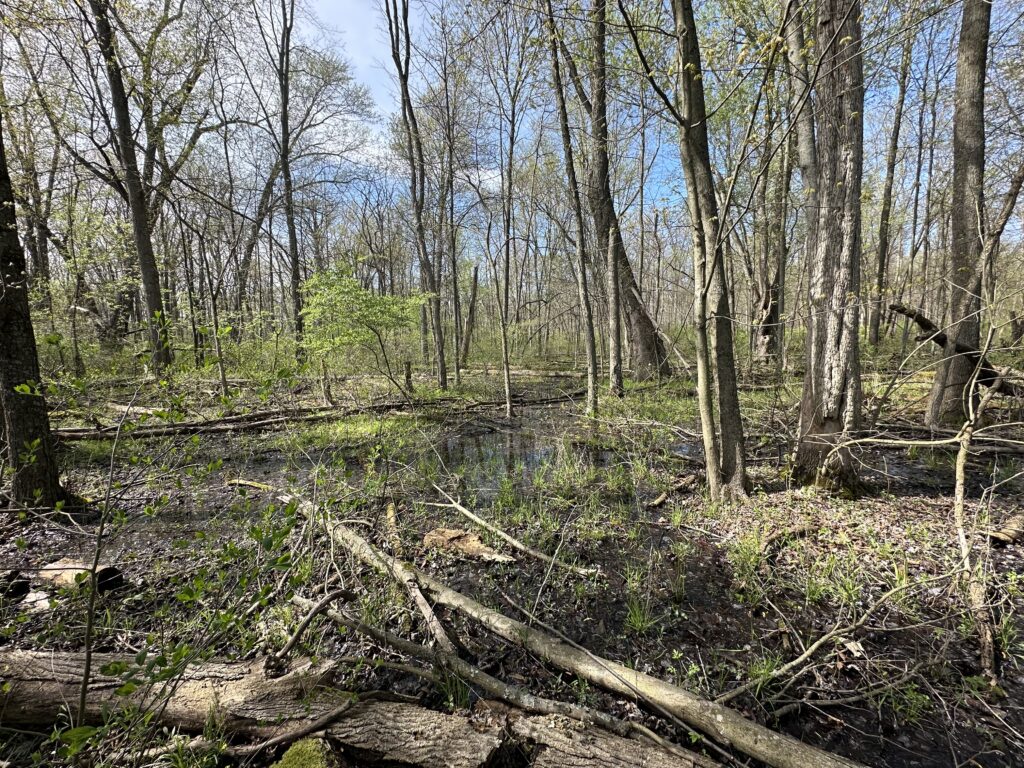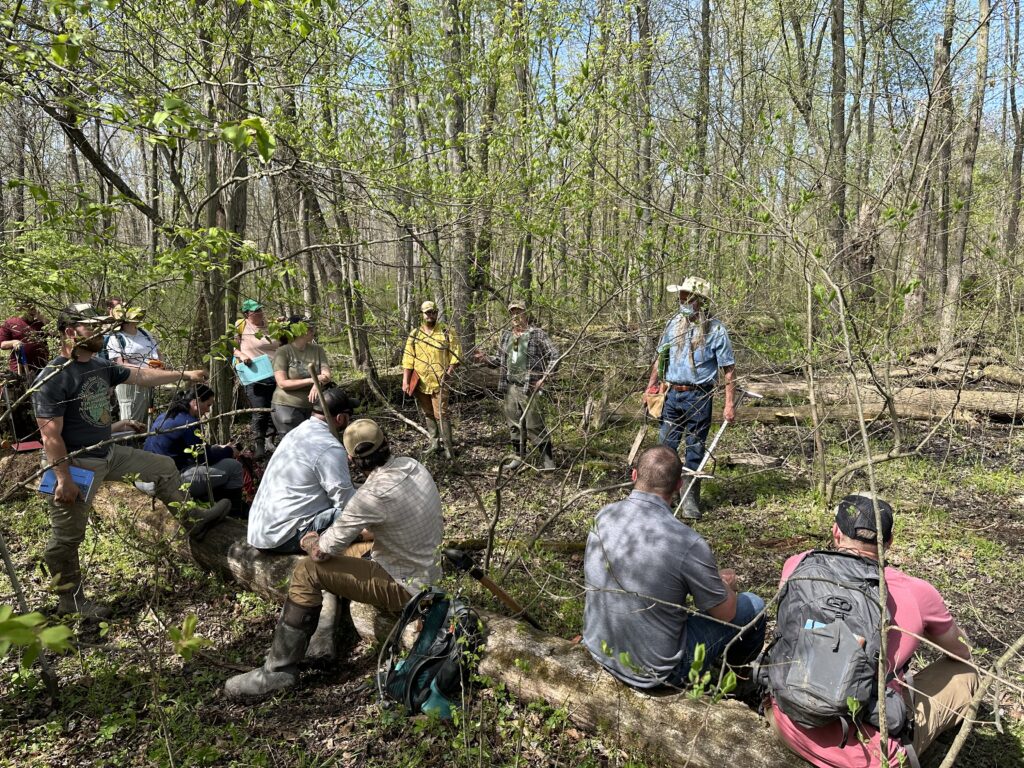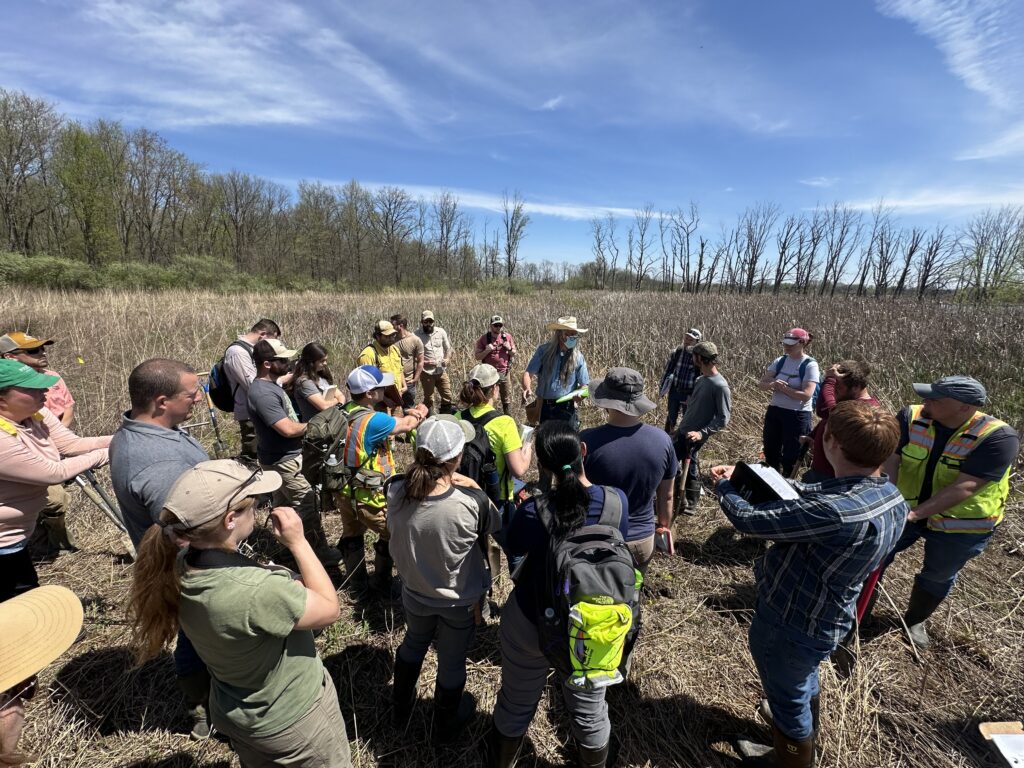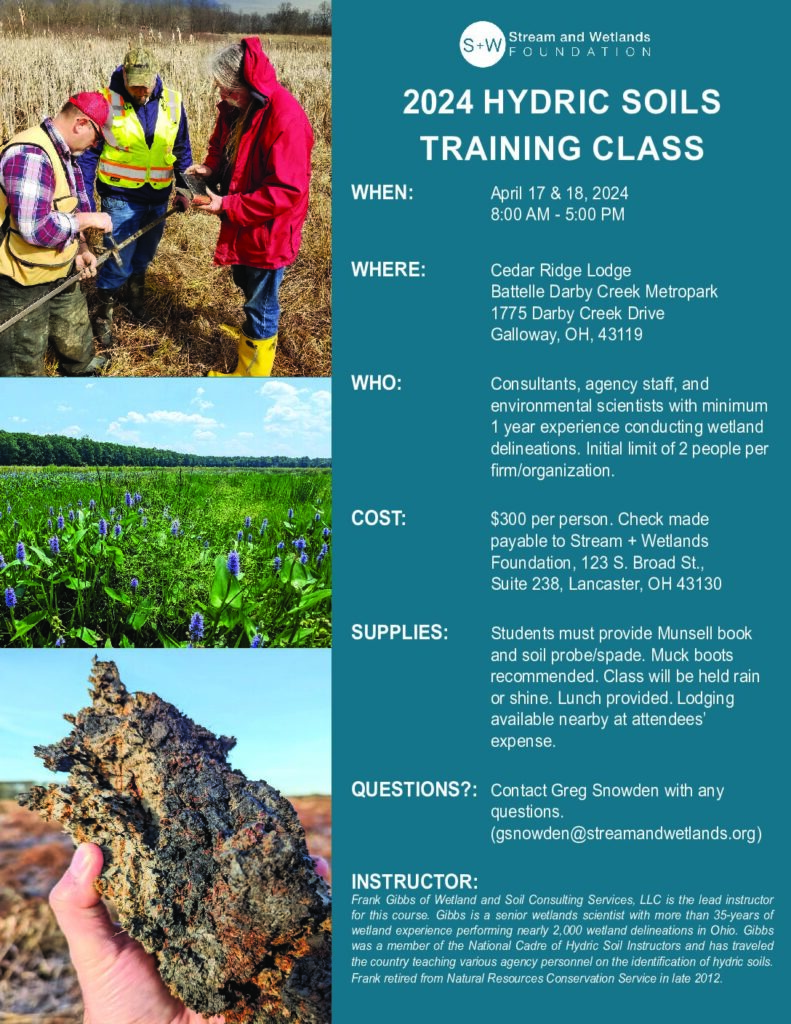The Stream + Wetlands Foundation is proud to announce an upcoming partnership with The Dawes Arboretum, in collaboration with the Society for Ecological Restoration (SER) and Microsoft’s Datacenter Community Affairs team, to restore vital ecosystems in Licking County, Ohio. This initiative, the Rolling Hills Meadow Wetland Restoration project, will transform approximately two and a half acres of previously tile-drained agricultural land into a functional wetland habitat.
This collaborative effort marks a significant step toward improving water quality, enriching local habitat diversity, and promoting community engagement. The Stream and Wetlands Foundation and the Arboretum have protected over six thousand acres between the two organizations, and we are very excited to be working with them on this project which will have a focus on both ecological benefits and public involvement. The project will offer volunteer events and educational opportunities for those interested in conservation and community.
With construction slated to begin in fall 2024, the restoration project is poised to become a cornerstone of environmental preservation in the region. The combined efforts and expertise of these organizations emphasize the importance of wetland ecosystems and their role in sustaining biodiversity and supporting healthier water systems and we are excited to see the project develop into beautiful native habitat.
Keep an eye out for more details on this and other projects.
#EcologicalRestoration #RestorationInAction #GenerationRestoration #Microsoft #MicrosoftDCCommunity
See below for project press releases from SER and Dawes:
https://www.ser.org/news/683399/Rolling-Hills-Meadow-Wetland-Restoration-at-The-Dawes-Arboretum.htm


